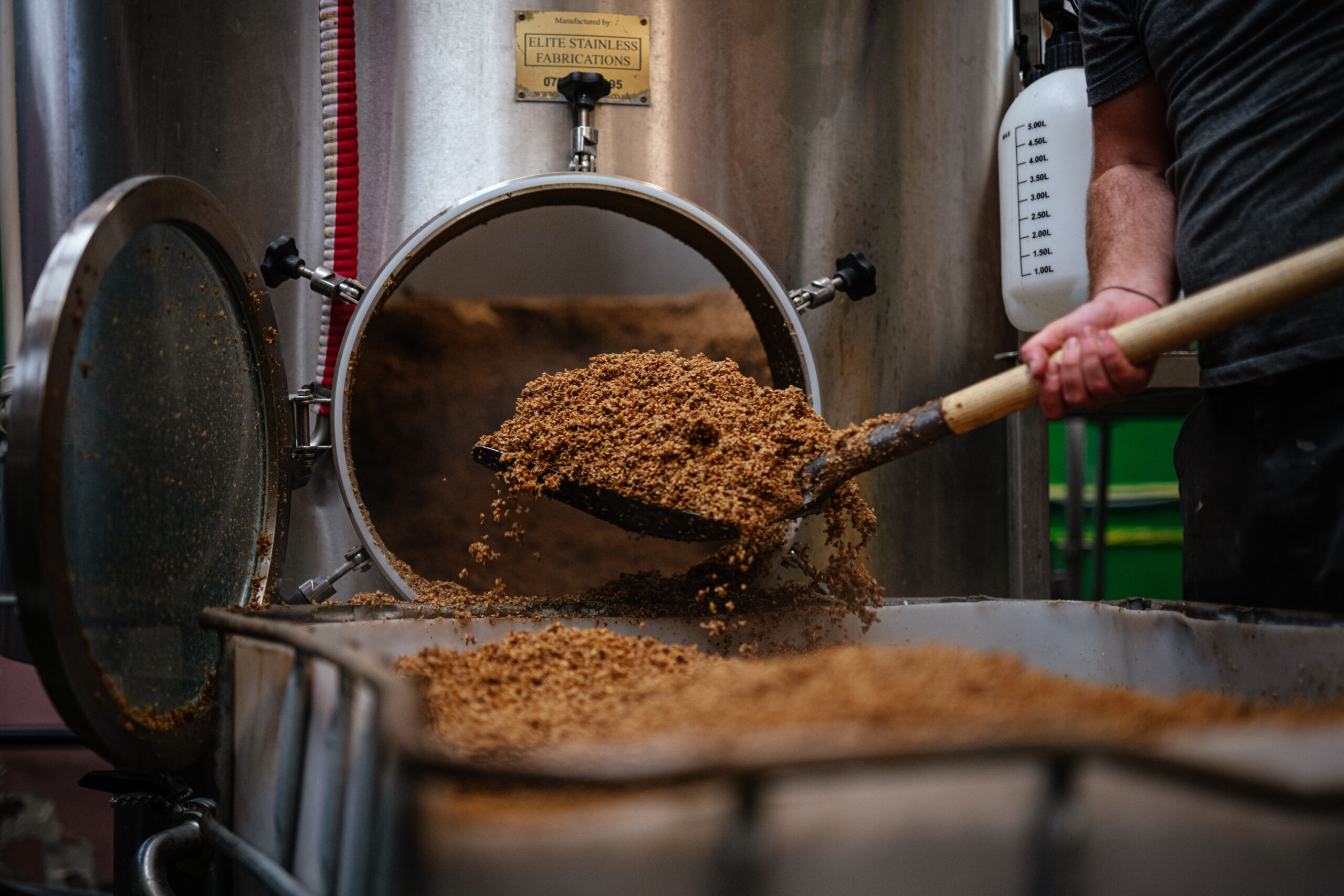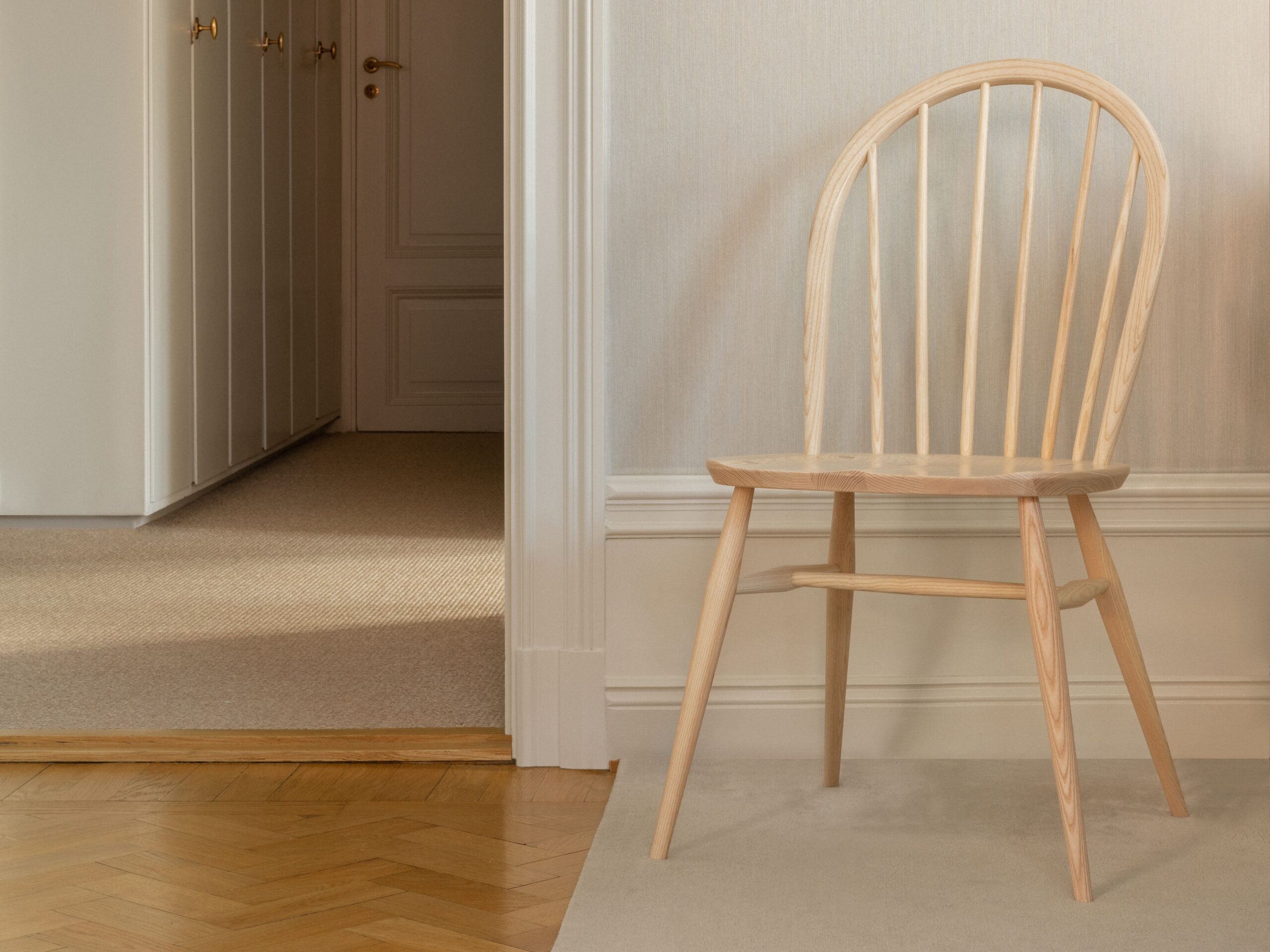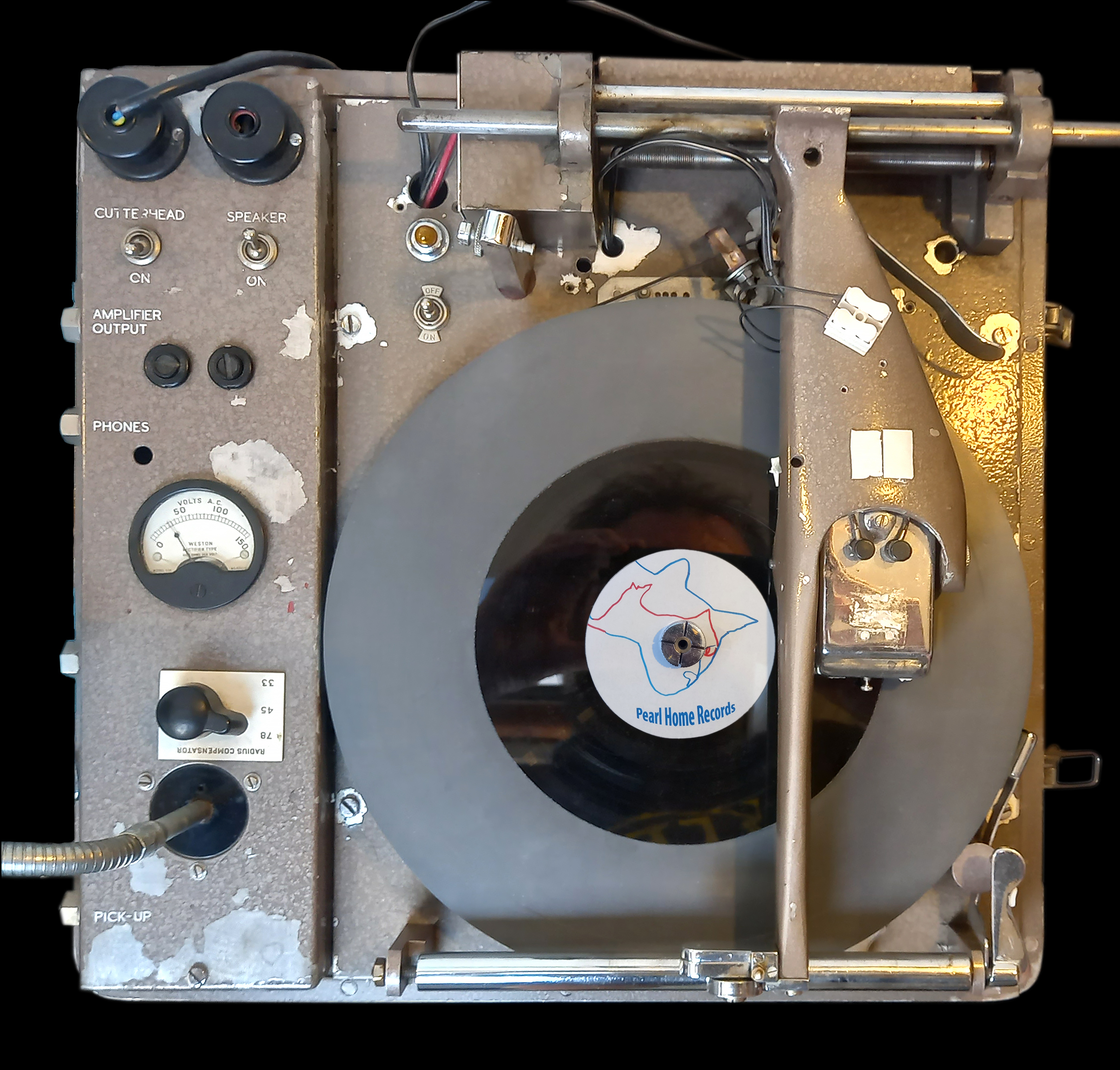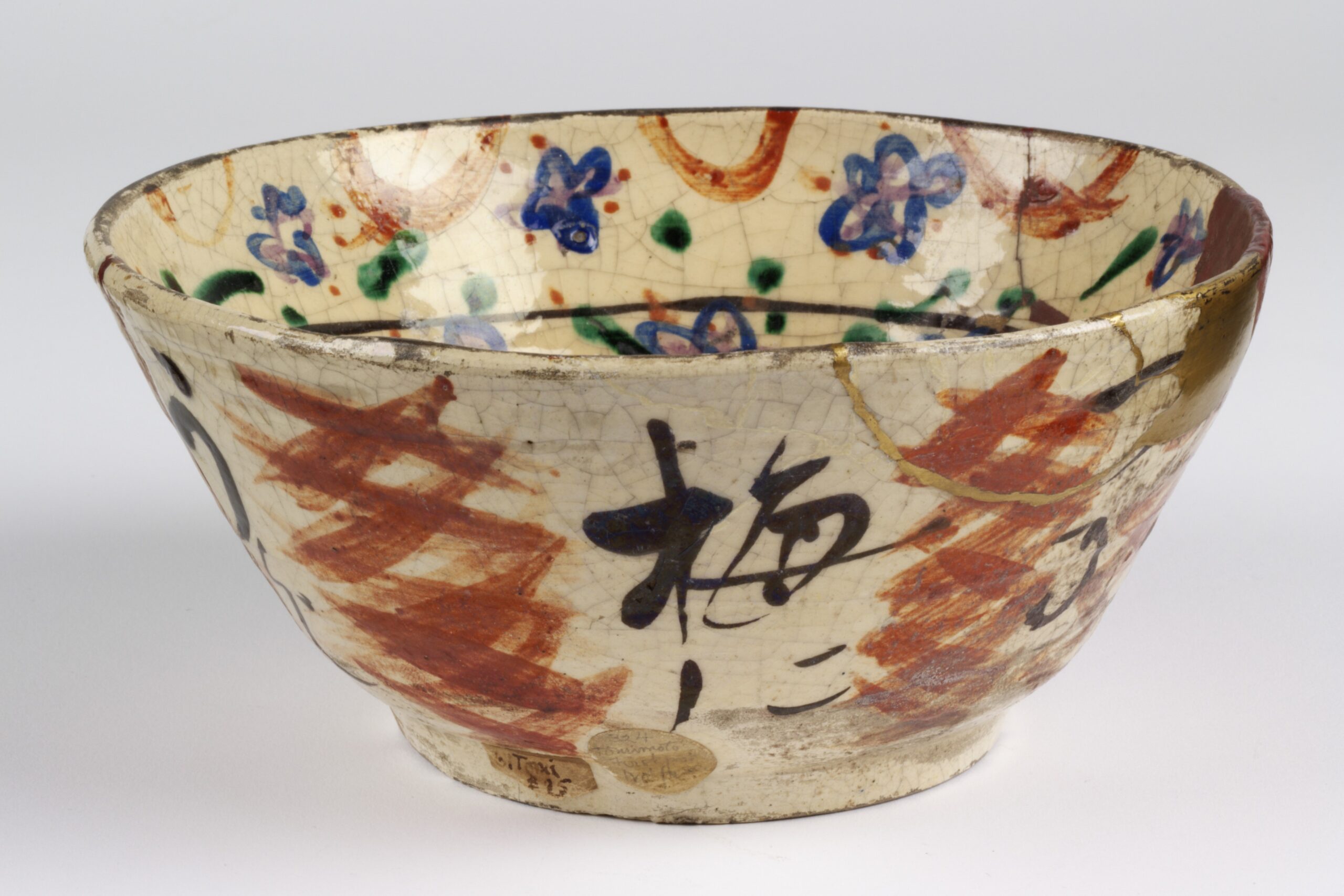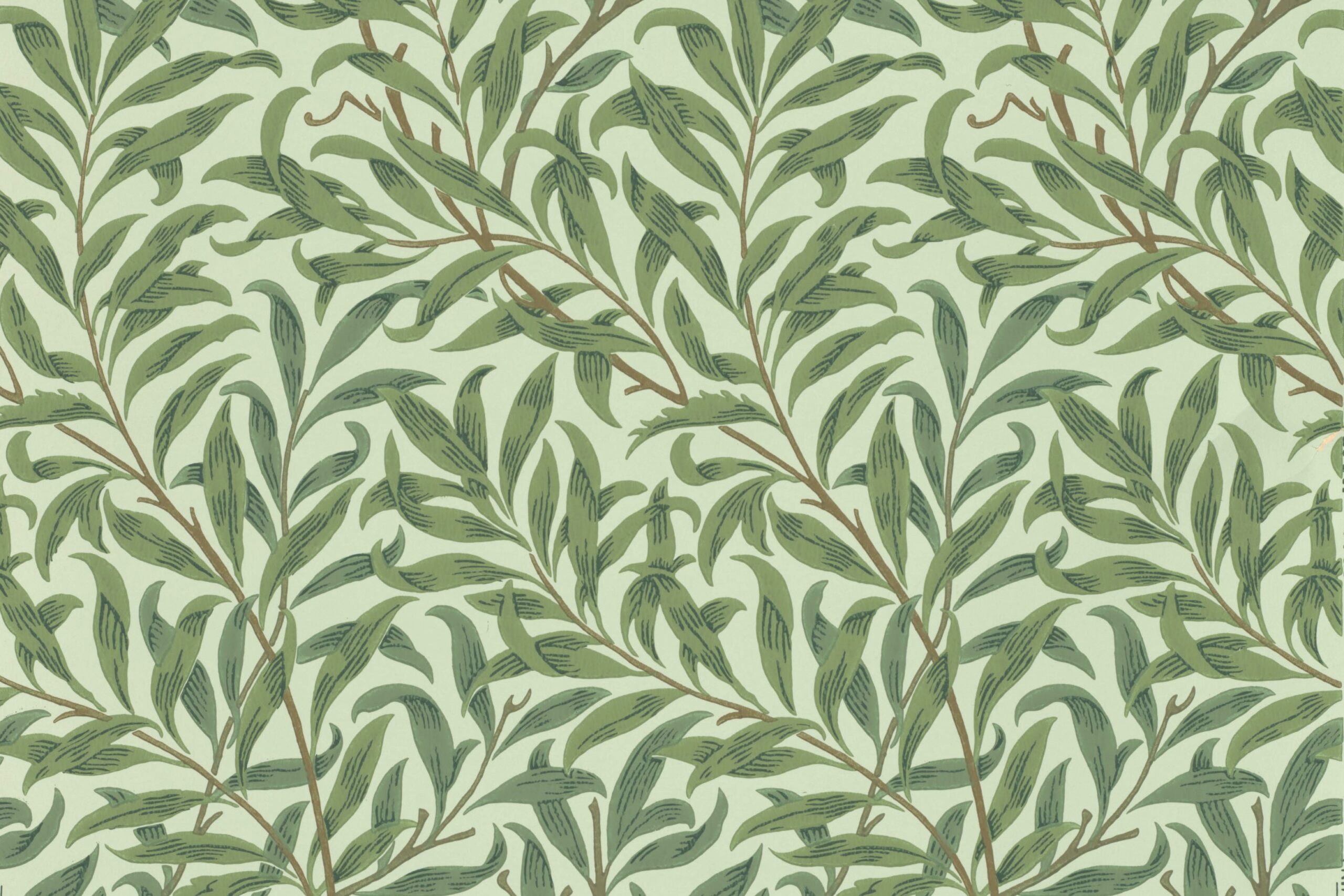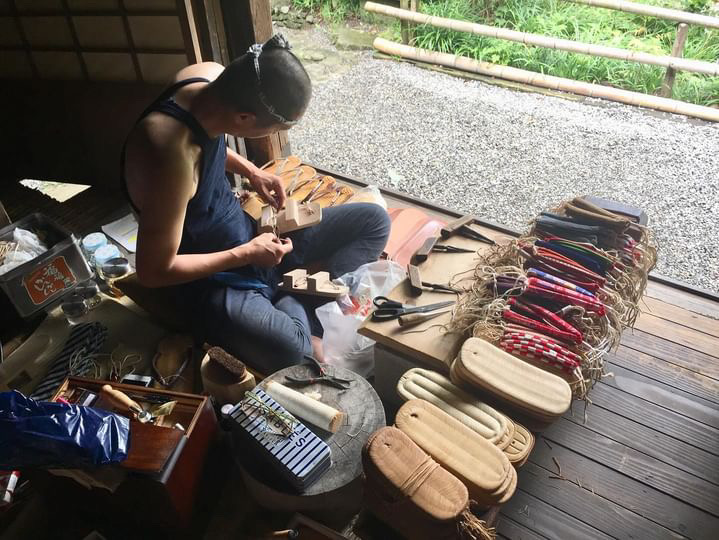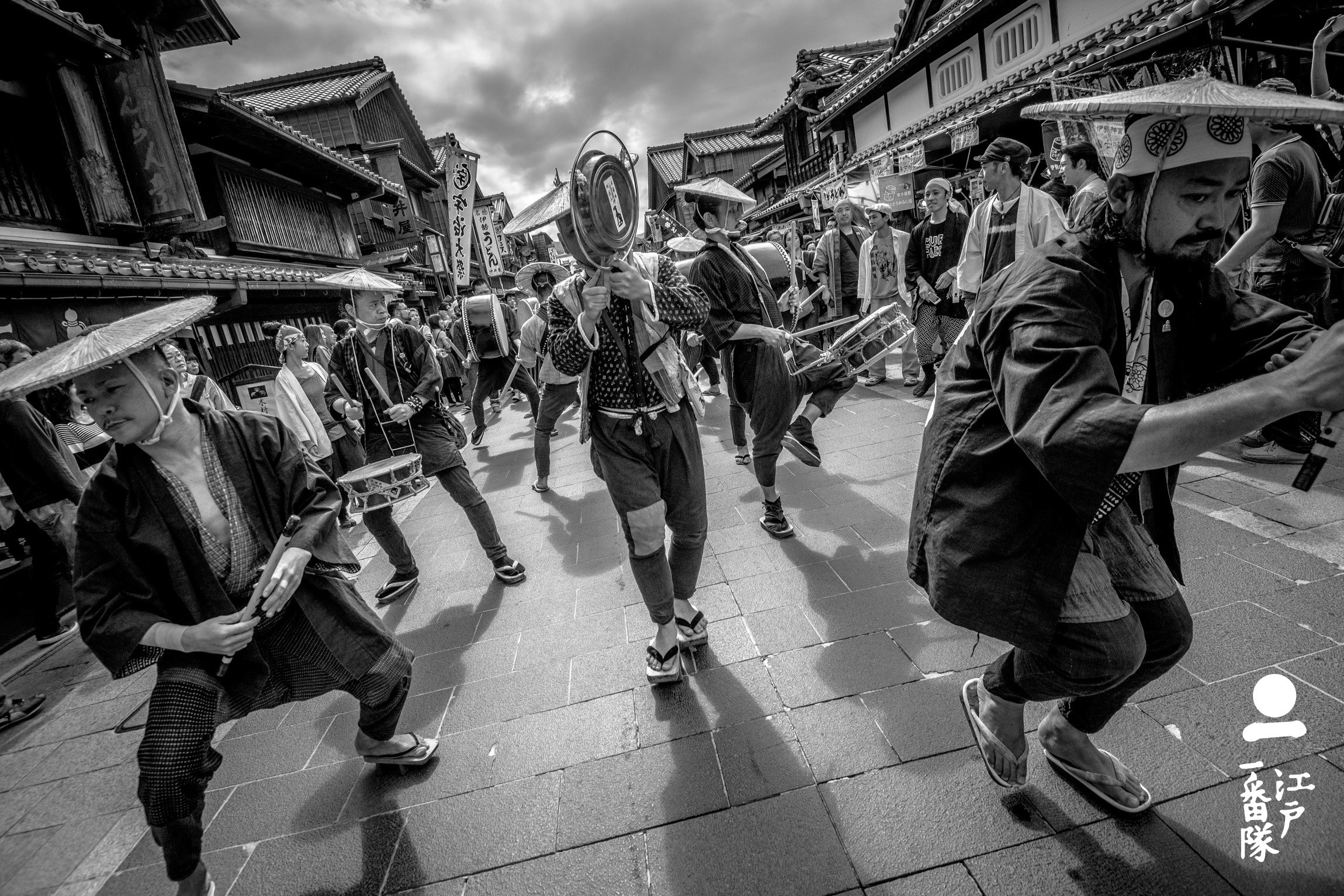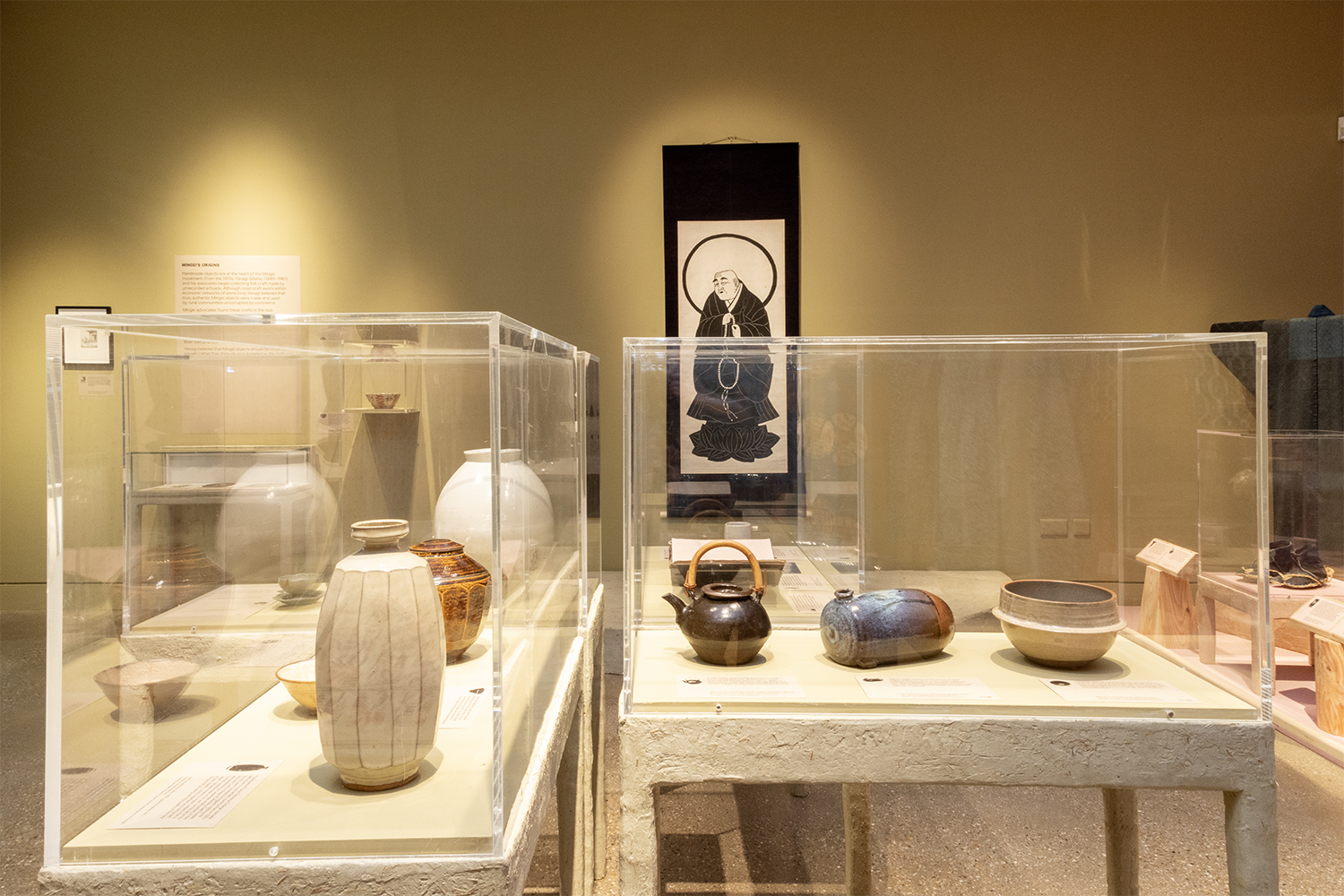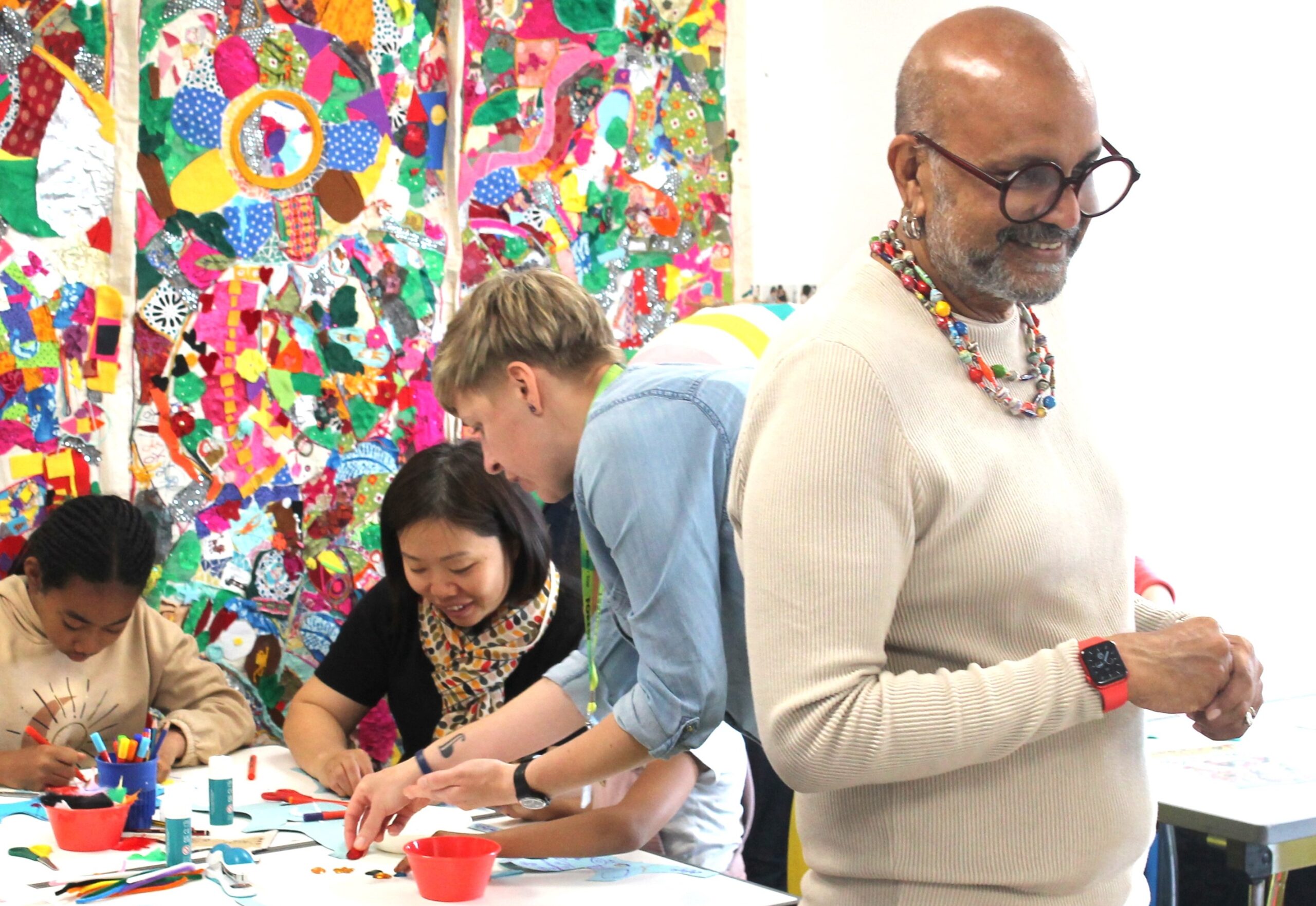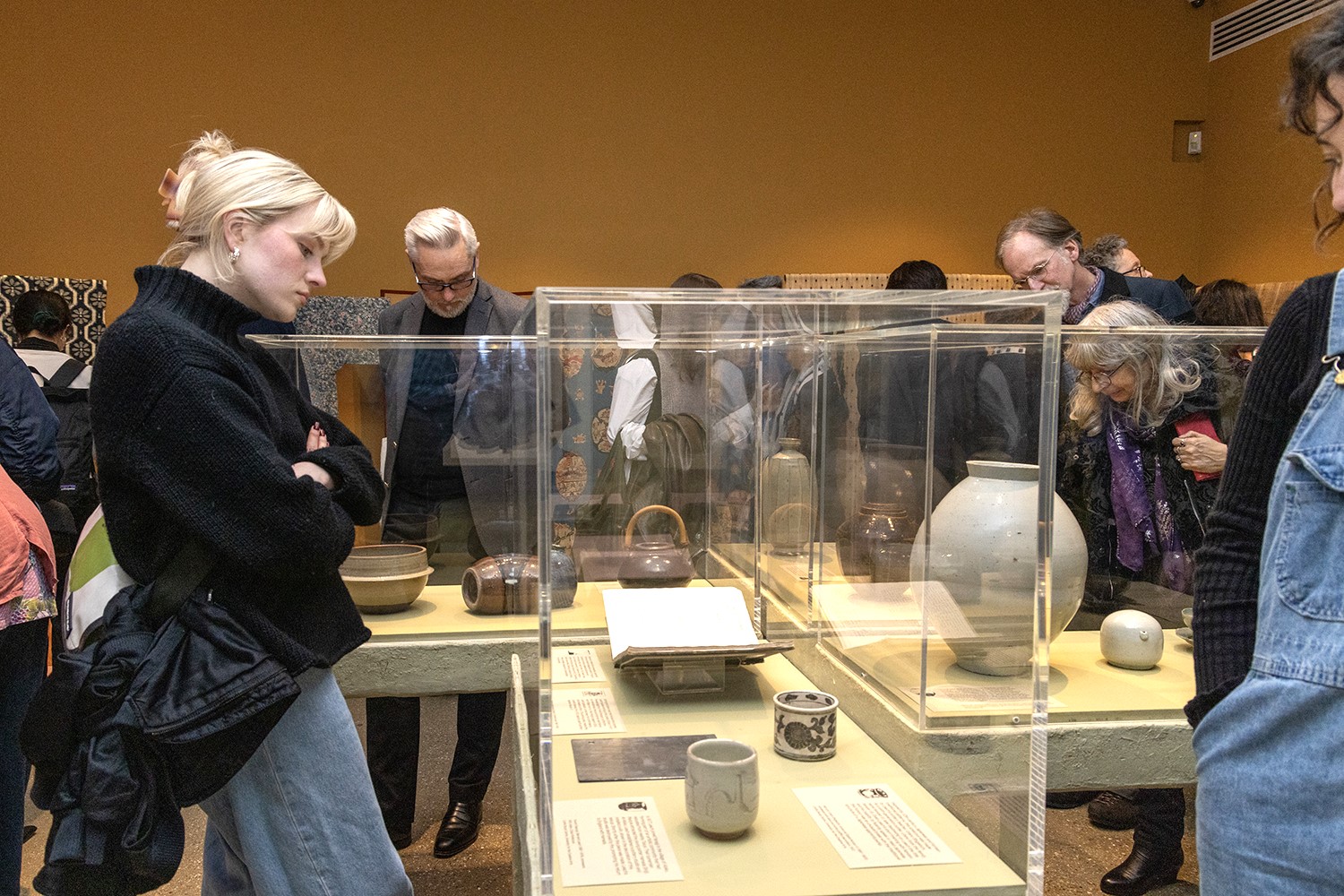
Mingei on the Move Late
Tours, live art performance & making demo
SPECIAL EVENTS
Thursday 29 August 2024
Join us for a special late event, exploring the exhibition Art Without Heroes: Mingei. Featuring tours, a live art performance and making demo.
An evening exploring and expanding on the themes of Art Without Heroes: Mingei.
6.30pm & 7.30pm – Exhibition tours: Korea and the Mingei Movement, by Dasom Sung
Join us for a special tour of the exhibition, examining Korea’s influence on the Mingei movement. Korea and its crafts played a crucial role in the early development of Mingei theory, as key figures in the movement sought an alternative aesthetic to counter the modernisation and Westernisation of Japanese crafts. This tour explores the activities of Mingei theorists and artists in collecting and researching Korean crafts and establishing the Korean Folk Arts Gallery in 1924 in Seoul. It takes visitors beyond the objects on display to understand the relationship between the Mingei movement and Korea within the historical context of Japan’s colonisation of Korea from 1910 to 1945.
This tour has been specially commissioned by the Gallery and written by Dasom Sung, Assistant Curator at the V&A and contributor to the book Mingei: Art Without Heroes that accompanies the exhibition.
7pm – Live art performance with Moe Asari
Moe Asari’s Auto Exotic – Japanning explores the perception of Japanese identity in Britain and cultural hybridity through the craft of japanning, a British and European imitation of East Asian lacquerware. Reacting and engaging with Art Without Heroes: Mingei, Asari critically examines the principles of beauty in everyday things by Yanagi Sōetsu. The performance involves a video essay reflecting the process of interpretation of the artist’s version of japanning, alongside a demonstration of the action of japanning an object.
8pm – Making demonstration with Kaori Hirano
A unique opportunity to witness Kaori Hirano demonstrate how to create traditional Japanese Tatsuke trousers. Hirano and her brand Itoshiro Yohin specialises in natural dyeing and pattern making passed down by the community of Itoshiro and is fascinated by the shape of Japanese textiles. For Hirano, the pattern and its shapes hold the historic wisdom of Japanese artisans. The demonstration will explain in detail how to pattern cut the Tatsuke trousers on display in the exhibition. In Japanese with in-person English translation.
6pm – 9pm Make Your Own Self-led Mingei Crafts – Café
Take part in some simple self-led Mingei crafting activities whilst you have a drink and relax in our Café:
Twine Woven Cups – Weaving with natural materials is one of the many crafts associated with the Mingei movement. Collect a paper cup and twine from one of our baskets and follow the instructions provided to weave your own cup.
Sashiko bookmark – Using a simple running and back stitch, embroider your own bookmark using traditional Japanese sashiko patterns. All materials provided, along with some instructions and patterns ideas to inspire you.
Doors open at 6pm and Deeney’s Café will be open for organic beers, wines, snacks and other refreshments.
This event forms part of the Mingei on the Move public programme, designed in response to the William Morris Gallery’s Art Without Heroes: Mingei exhibition. The programme spotlights the diasporic nature of Mingei and why artists from all cultures and backgrounds are continually inspired by the movement’s ethos. Through this, we hope to inspire our audiences to engage reflexively with Mingei and apply its ideas of harmonious balance between people, objects and their surroundings to their own daily lives.
Artist biographies
Dasom Sung is Assistant Curator of Korean Arts at the Victoria and Albert Museum. She was a lecturer at Seoul National University from 2020 to 2021 and is currently a doctoral candidate there, researching the design and material culture of factory-made porcelains in Korea. Her research interests lie in the history of materials, the government’s craft export policies of Korea and Japan, and East Asian modern design history. Sung’s recent publications include Chilbo: Korean Traditional Enamelling (Korea Craft & Design Foundation, 2022).
Moe Asari is a visual artist with a research-based practice often using the process of making as a medium. Her work consists of site responsive, experiential installations and performances which explore the material quality of connection between place and multi-cultural identity alongside ideas of belonging. Her background in product and spatial design with her positionality of being a second generation British Japanese person, is reflected in physical making, craft processes and domestic objects used as tools to research and investigate plural narratives alongside existing popularised narratives of identity and place.
Kaori Hirano is the founder of sustainable fashion brand Itoshiro Yohin. Her work is profiled by Yoshizawa Tomo in the exhibtion’s accompanying book Mingei: Art Without Heroes:
“Itoshiro village is a community of 220 people, high up in the mountains in Gifu prefecture. Over a decade ago, Hirano Kaori (b.1981) and her husband Akihide moved to Itoshiro and founded Itoshiro Yohin Ten, an indigo dye studio, workshop and gallery, with the aim of learning and preserving the region’s textile craft traditions.”
